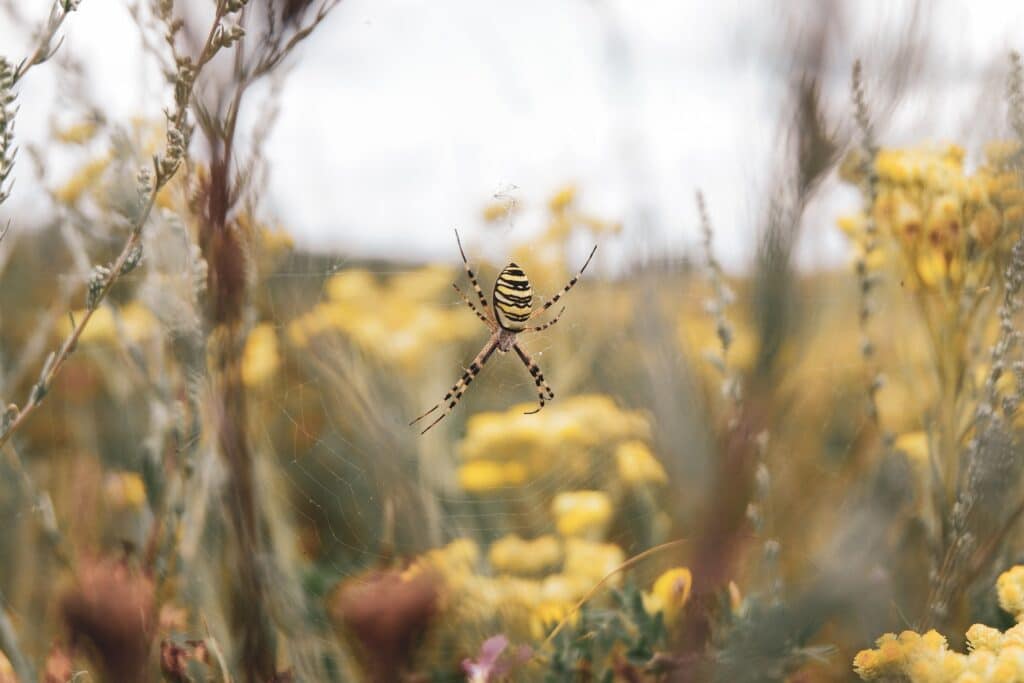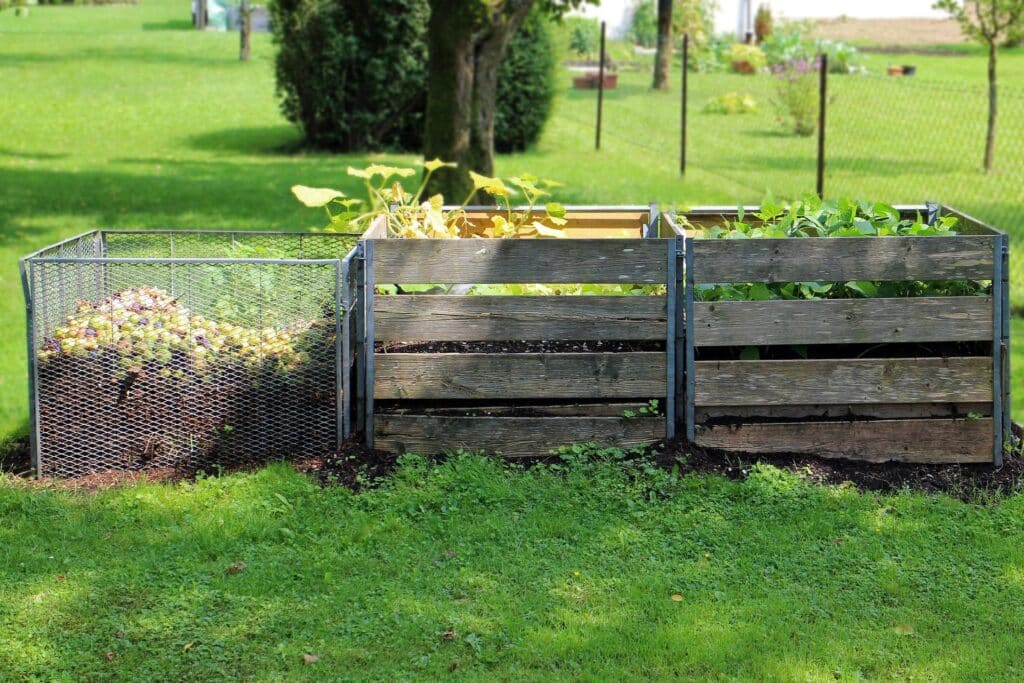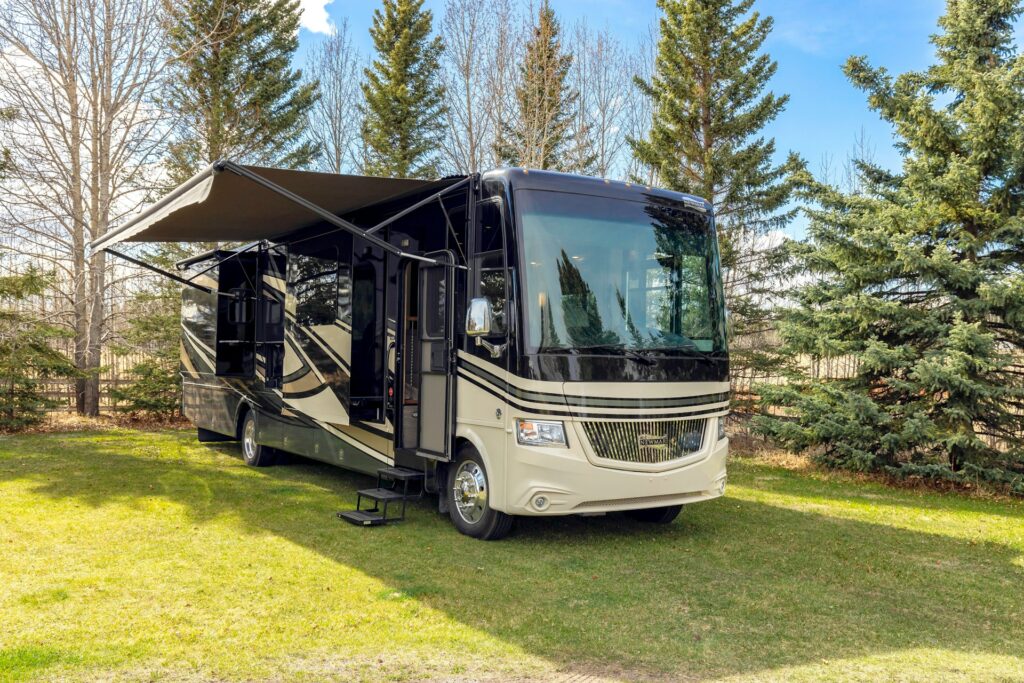Have you ever seen a bright yellow and black spider in your garden and wondered if it’s good or bad? Yellow garden spiders are more than just eye-catching; they help keep harmful pests away. This article will explain how these spiders benefit your garden and when you might need to manage their numbers with pest control for yellow spiders to keep everything in balance.
What Are Yellow Garden Spiders?

Yellow garden spiders—scientifically known as Argiope aurantia—are large, orb-weaver spiders known for their distinctive yellow and black coloring and the impressive circular webs they weave.
Typically, these spiders have a shiny, black body with yellow markings. The females, which are larger than the males, can measure just over 1 inch in length.
The lifecycle of a yellow garden spider includes egg, spiderling, and adult stages. Females lay eggs in late summer or early fall in a large, brown, papery sac attached to plants or other structures. These eggs hatch the following spring, but the spiders do not reach adulthood until the summer.
As for their behavior, yellow garden spiders are diurnal, meaning they are active during the day. They spend most of their time in their webs waiting for prey to get caught. Their diet mainly consists of flying insects, which they capture in their sturdy webs.
Are Yellow Garden Spiders Safe?
Yellow garden spiders are generally harmless to humans. They are non-aggressive and will only bite if threatened and unable to escape. Their venom is not harmful to humans and is less severe than a bee sting in terms of pain and reaction.
5 Surprising Garden Spider Benefits

These arachnids offer numerous benefits, making them a valuable ally in the garden:
- Natural pest control: They help reduce the population of pests that can damage garden plants, including flies, mosquitoes, moths, and beetles.
- Pollination assistance: By controlling insect populations, these spiders indirectly support pollination by protecting pollinators from pest insects.
- Biodiversity: Their presence increases biodiversity in your garden, creating a more balanced and healthy ecosystem.
- Reduces pesticide use: Encouraging yellow garden spiders can reduce the need for chemical pesticides, leading to a healthier environment.
- Education and interest: These spiders can be fascinating for educational observation, helping children and adults alike learn more about nature and ecosystem dynamics.
When You Might Need Yellow Garden Spiders Pest Control
While yellow garden spiders are beneficial, there are times when their presence might be less welcome.
- Overpopulation: Sometimes, yellow garden spiders become too numerous.
- Misplaced webs: Yellow garden spiders might build webs across walking paths or other areas where they are likely to be disturbed or pose a nuisance.
- Fear and phobias: For those with arachnophobia, even the beneficial nature of these spiders won’t outweigh the discomfort their presence causes.
In such cases, professional yellow garden spider pest control might be necessary to relocate these spiders or manage their population in your garden.
Yellow garden spiders can be a gardener’s best friend, offering effective pest control without the need for harmful chemicals. However, like all garden residents, understanding and managing their role within your space is key to maintaining harmony and comfort.
If you need assistance managing these lovely yet sometimes inconvenient creatures, reach out to Aptive. We’re here to help ensure your outdoor space is a comfortable and productive space for everyone.









